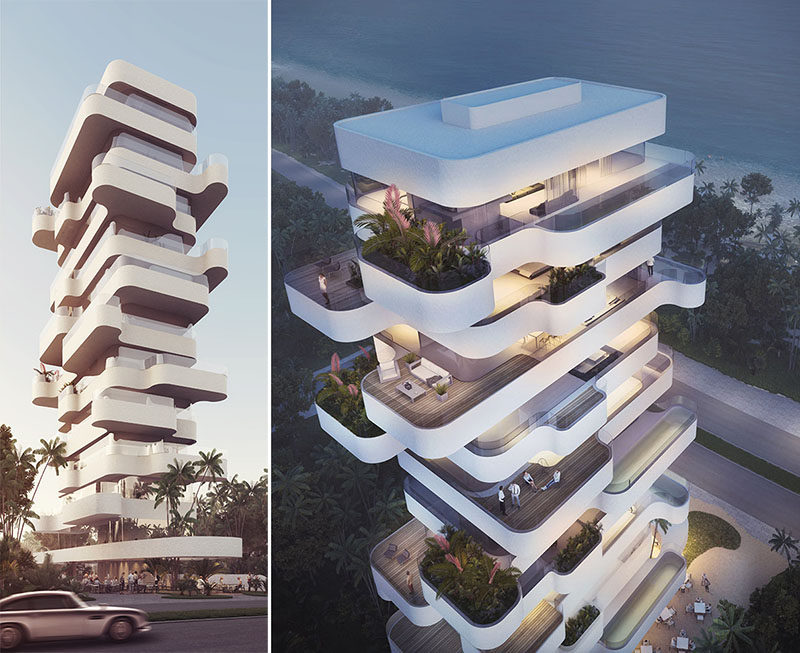Architectural design is a fascinating blend of creativity and technical expertise that shapes the environment we inhabit. It embodies the dreams and aspirations of communities while responding to the challenges posed by nature and urban landscapes. Through the lens of architectural design, we can explore how buildings are not just physical structures but reflections of cultural identity and societal values.
As we delve into the intricacies of architectural design, we uncover its dual nature. It is both an art form and a scientific discipline, where aesthetic vision meets structural integrity. Architects are tasked with the responsibility of not only creating visually stunning edifices but also ensuring they are functional, sustainable, and harmonious with their surroundings. This dynamic interplay between art and science is what makes architectural design so enticing and essential in shaping the spaces we live, work, and play in.
Principles of Architectural Design
Architectural design is founded on a series of core principles that guide the creation of functional and aesthetically pleasing structures. One of the fundamental principles is harmony, which involves ensuring that the design elements work together cohesively. This means considering proportions, colors, materials, and textures to create a unified look that enhances the building’s relationship with its environment. When harmony is achieved, the structure not only stands out but also complements its surroundings, fostering a sense of belonging within the landscape.
Another essential principle is functionality. A well-designed building must serve its intended purpose while providing comfort and convenience for its occupants. This involves thoughtful consideration of space planning, accessibility, and user experience. Architects must account for the specific needs of the users and integrate features that enhance usability, such as natural lighting, flow between spaces, and integration of technology. A functional design ensures that the building remains practical over time, adapting to the evolving needs of its inhabitants.

Sustainability has become a critical principle in modern architectural design . With growing awareness of environmental issues, architects are increasingly focused on creating buildings that reduce their ecological footprint. This includes using sustainable materials, optimizing energy efficiency, and incorporating renewable energy sources. By prioritizing sustainability, architects not only contribute to the health of the planet but also create spaces that resonate with an environmentally conscious society. Sustainable design practices lead to innovative solutions that redefine how buildings interact with their surrounding ecosystems.
Integrating Art and Functionality
Architectural design is an intricate dance between artistic expression and practical necessity. At its core, this field thrives on the ability to create spaces that are not only visually captivating but also serve their intended purpose efficiently. This balance is crucial because a building that lacks functionality will frustrate its users, while a purely artistic structure may fail to accommodate the needs of its inhabitants. Therefore, successful architectural design finds a way to merge beauty with utility, ensuring that each element contributes to both the aesthetic appeal and the functional demands of the space.
The integration of art and functionality begins at the conceptual stage, where architects must envision how a design will translate into a livable space. During this phase, considerations such as the site's context, the target audience, and environmental impact play a vital role in shaping the final outcome. By collaborating with clients and stakeholders, architects can refine their vision, ensuring that the artistic elements resonate with those who will experience the space. This stage emphasizes that architecture is not just about buildings; it is about enhancing the human experience through thoughtful design.
Once the concept is defined, the intricate work of translating ideas into executable designs takes place, where every artistic decision is weighed against practical requirements. Whether it's selecting materials, determining spatial layout, or ensuring structural integrity, architects must remain aware of the physical laws that govern construction. Innovative solutions often arise from this interplay, where aesthetics inspire new ways to overcome challenges. Through this careful balancing act, architectural design transforms into a harmonious expression of creativity and practicality, resulting in structures that not only inspire but also endure.
Sustainable Practices in Architecture
In recent years, sustainable practices have become a fundamental aspect of architectural design, reflecting a growing awareness of environmental issues and the need for eco-friendly solutions. Architects are now tasked with integrating sustainable materials and techniques into their designs, which not only reduce the carbon footprint but also promote a healthier living environment. This shift has led to the use of resources that are renewable, recyclable, or sourced locally, minimizing the impact on natural ecosystems while maintaining aesthetic and functional integrity.
Furthermore, the incorporation of energy-efficient systems is crucial in modern architectural practices. Features such as solar panels, green roofs, and advanced insulation techniques are now commonplace in new builds. These innovations not only help to drastically decrease energy consumption but also enhance the overall efficiency of a building. Architects are increasingly focused on passive design strategies that utilize natural light, ventilation, and thermal mass, allowing structures to work harmoniously with their environment.
Lastly, the importance of community involvement in sustainable architectural design cannot be overstated. Engaging with local populations ensures that the building meets the needs and values of the community it serves. By incorporating feedback and insights from residents, architects can create spaces that not only adhere to sustainable practices but also enhance social cohesion. This collaborative approach fosters a sense of ownership and pride among community members, making sustainable architecture not just an environmental necessity, but a tool for positive social change.
